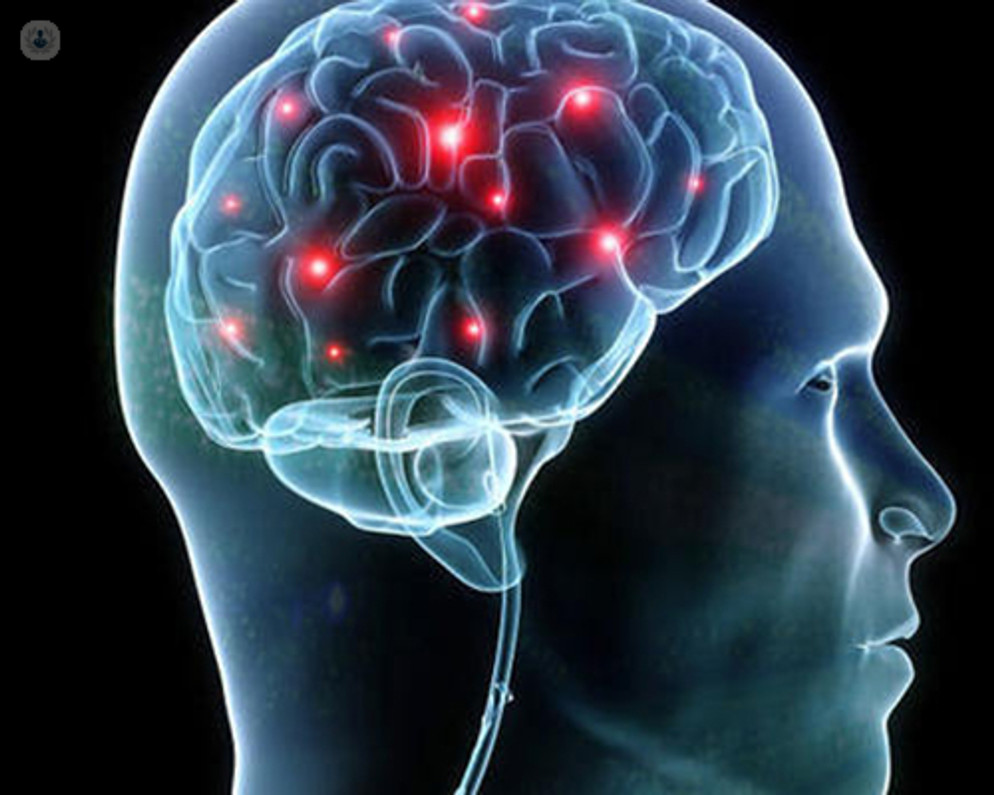How Physical Therapy Empowers Neurological Disorder Patients
Living with a neurological disorder like Parkinson's disease, Multiple Sclerosis (MS), or Vestibular and Balance Disorders can be challenging. These conditions often impact mobility, coordination, and overall quality of life. However, amidst the trials, there's a beacon of hope: physical therapy. Its holistic approach not only addresses physical limitations but also provides psychological and emotional support. Let's delve into how physical therapy can be a game-changer for individuals navigating these neurological conditions.
Physical Therapy as a Game Changer for Neurological Disorders
- Parkinson's Disease: Parkinson's disease is characterized by tremors, stiffness, and impaired balance. Physical therapy for Parkinson's focuses on improving mobility, strength, and flexibility. Therapists employ exercises targeting specific motor symptoms, such as gait training to enhance walking ability and balance exercises to prevent falls. Additionally, techniques like LSVT BIG (Lee Silverman Voice Treatment) emphasize exaggerated movements to counteract rigidity and bradykinesia, enhancing motor function and independence.
- Multiple Sclerosis (MS): MS is a chronic autoimmune disease affecting the central nervous system, leading to muscle weakness, spasticity, and fatigue. Physical therapy plays a crucial role in managing MS symptoms and improving quality of life. Therapeutic interventions include aerobic exercises to combat fatigue, strength training to address muscle weakness, and flexibility exercises to manage spasticity. Moreover, balance and coordination exercises help reduce the risk of falls, empowering individuals to navigate daily activities with greater ease.
- Vestibular Disorders: Vestibular disorders disrupt the inner ear's balance mechanisms, causing symptoms like vertigo, dizziness, and imbalance. Physical therapists specializing in vestibular rehabilitation employ customized exercise programs to alleviate these symptoms and enhance vestibular function. Techniques such as gaze stabilization exercises and balance retraining help recalibrate the vestibular system, reducing vertigo and improving balance and stability. With tailored interventions, patients regain confidence in their ability to move safely and comfortably.
- Balance Disorders: Balance disorders can stem from various underlying causes, including neurological conditions, musculoskeletal issues, and aging. Physical therapy interventions target the root cause of imbalance while addressing associated impairments. Therapists employ a multifaceted approach, incorporating strength and flexibility exercises, proprioceptive training, and vestibular rehabilitation techniques to improve balance and prevent falls. By enhancing stability and coordination, physical therapy empowers individuals to engage in daily activities with confidence and independence.
Physical therapy serves as a beacon of hope for individuals grappling with neurological disorders like Parkinson's disease, Multiple Sclerosis, Vestibular, and Balance Disorders. Through tailored interventions and holistic care, physical therapists empower patients to overcome physical limitations, enhance mobility, and improve overall quality of life. As advocates for functional independence, physical therapists play a pivotal role in supporting individuals on their journey towards wellness and resilience in the face of neurological challenges.
Related Blog Posts:
The Benefits of Physical Therapy for Individual with Alzheimer's Disease
The Value of Strength Testing for Geriatric Patients
Related Information:
Neurological Disorders (Johns Hopkins Medicine)
Related Physical Therapy Products:
Recent Posts
-
Acupuncture vs. Dry Needling: What’s the Difference?
At first glance, acupuncture and dry needling might seem identical. Both involve inserting thin need …Jun 11th 2025 -
What Is Dry Needling? A Modern Approach to Pain Relief and Muscle Recovery
Chronic muscle pain, tension, and restricted movement can significantly impact your daily life, sign …Jun 11th 2025 -
The Kinetic Chain and Its Importance?
The kinetic chain is a key principle in physical therapy, referring to the way muscles, joints, and …Apr 18th 2025



